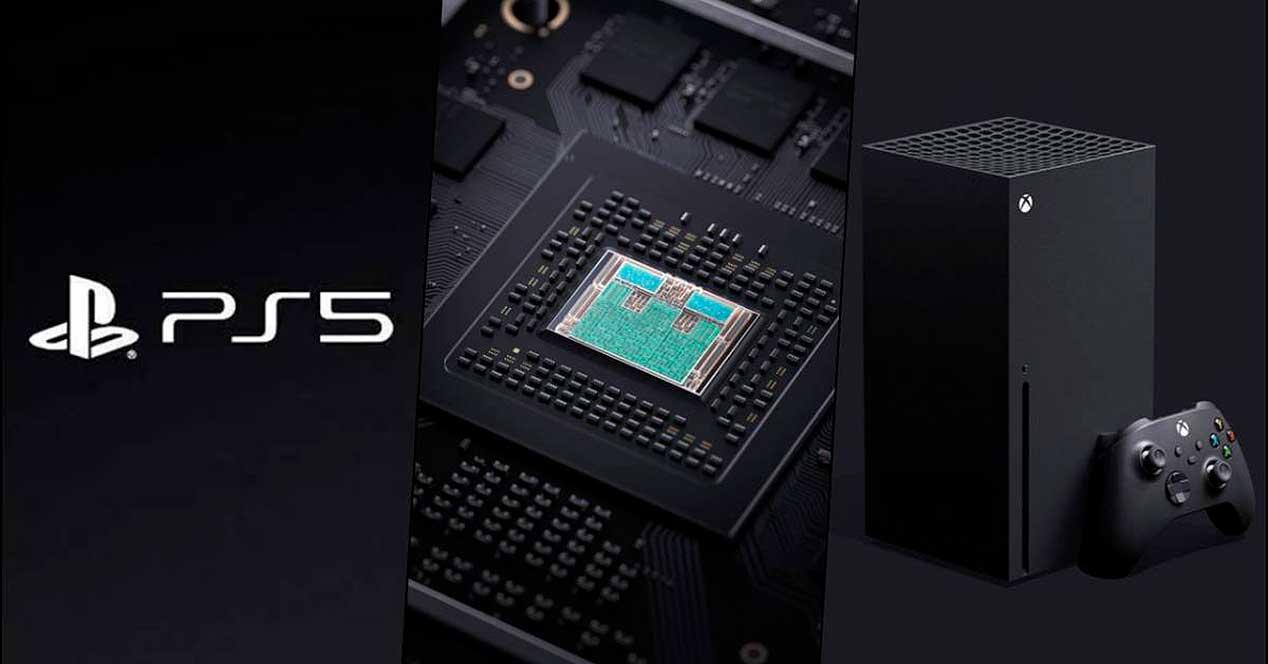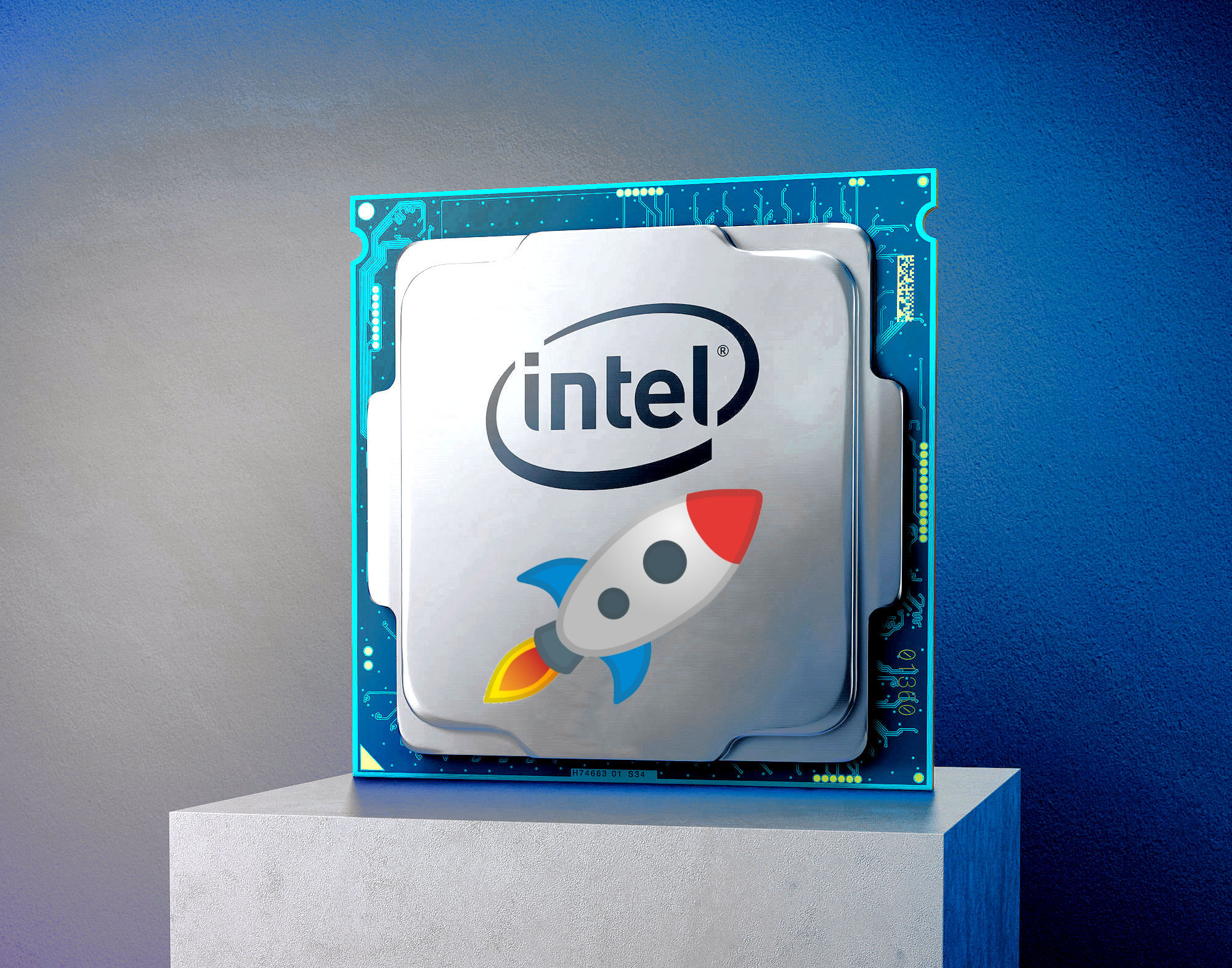Manufacturers were hit harder than non manufacturers is what's affecting *gross* margin. Intel had to shut down plants, restart them, and put in new workplace procedures. AMD is not a manufacturer.
Having said that, the real point in volume is in the very charts you linked to. Example : Intel's increase in revenue (total sold) from Q2 2019 to Q2 2020 was about +$3.2B. AMD's entire revenue stream for Q2 2020 was 1.9B.
Q3, two factors came into play.
AMD is shipping huge quantities for PS5 and Xbox X/S. That's the first statement in their Q3 release, revenue was driven by 'embedded / custom / semi-custom'. That's Xbox / Playstation.
For Intel, Q3 declined. They stated this was due to corporate purchases dropping off and lower margin retail sales becoming a higher percentage of their market. This makes sense, offices are empty and corporations aren't going to go around buying PCs for people who aren't present.
There's no implosion for Intel so far. Seems like people are trying to make a blip after two blowout quarters into something it isn't.
View attachment 34941
Strange that TSMC didn't have this issue show up in gross margin, and they are purely a manufacturer. No, Intel had been seeing reduced GMs for at least a year before COVID. Maybe it caused a little bit more of an effect, but it would have been isolated to whatever quarter they had to make their adjustments. Instead, they show a consistent downward trajectory in GM. This is consistent with AMD's increasing GM over the same time period. It's also apparent when looking at Intel's product offerings, they are having to offer more silicon at lower prices than in any recent history because of AMD's competitive portfolio. This is especially true on the data center side. They are also ramping 10 nm which still does not have great yields which is also causing downward pressure on GM, even when the product is more competitive.
As far as AMD GM, yes they did get a significant bump in revenue from consoles, that's not at all surprising news. However, you are not accurately quoting the earnings call. What was said was,
Revenue grew 56% year over year to $2.8 billion driven by strong demand for our Ryzen, EPYC and semi-custom processors.
So no, revenue growth was not driven primarily by console sales as you alluded, it was a combination of Ryzen, Epyc, and consoles. This is shown in the fact that despite consoles being notoriously low margin, AMD's overall GM remained flat for Q3 meaning they had to have enough revenue of high margin products to completely offset what would have been a reduction in GM due to increased console revenue.
The pandemic is actually helping Intel right now far more than it is hurting them due to crazy demand which makes it even harder for AMD to capture market share due to supply constraints. Intel still makes a ton of money today and no one is saying they are dying tomorrow, but they will continue to "bleed out" in terms of market share and/or GM as AMD continues to increase supply capacity. This will happen until Intel can get more competitive products on the market with good yields. I've said for at least a year now, the real turning point for Intel will be with their 7 nm process, not the 10 nm one. If they have as much or more trouble with 7 nm, things are going to go south and fast for Intel at that point. They certainly won't be doomed, but I believe that is the point that they essentially stop being the Intel we know today barring some miracle process innovation at sub 5 nm.
Last edited:







